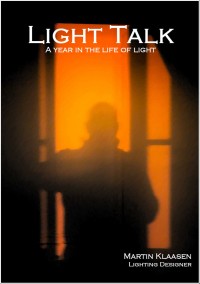Future of Light 2
Singapore, 8th October 2013
So what is the future of lighting going to look like? Yesterday’s rant about the commercialisation of R&D concepts still stands but that does not mean that some of these new developments don’t have any merits. In my mind there are two types of innovations/developments; the ones that make our lives easier, simplify operations, improve our health or safety and increase performance and value for money and the ones that are a luxury development; nice to have, but an additional cost or investment that we could do without. The line between the two by the way is not always easy to draw, certainly in today’s world where people communicate through social networking and try to stand out in the crowd with unique or innovative gadgets with these gadgets gradually becoming “normal” things to have.
In my practice as a lighting designer I look out for innovation in a practical sense that make my life as a lighting designer easier with more choices. Critical my designs is the sustainability, the performance, the quality, the design options, the flexibility and the integration with architecture and (basic) human needs. Note I say basic as some needs can be created… J In the report that I highlighted yesterday little was found to that respect. While the integration of solar (and wind) energy into lighting concepts was mentioned it could have been worked out perhaps more creatively. Interactivity in respect to light that responds to human presence (light when and where you need it) has been studied over the past few years but not really further developed in this report.
I was hoping to see more about integrating lighting in our build environment, with LED’s (and OLED’s) potentially being able to be “absorbed” nearly invisibly in the architectural envelopes that surround us. The miniaturisation of the light source and its incredible lighting performance should have that potential with lighting becoming an integral building component rather than an added and obvious lighting point. This miniaturisation somehow becomes all-encompassing as it has the potential to become like artificial daylight once it integrates everywhere around us. And in the process (combined with renewable energy and extreme longevity) potentially become a zero energy, zero maintenance concept!
Light Watch 4-172: Here is part 2 of the pictures from yesterday’s report








 The long awaited book compilation of Martin's first year of blogging is available. Order now.
The long awaited book compilation of Martin's first year of blogging is available. Order now. Feedspot Top 100 Lighting Blogs
Feedspot Top 100 Lighting Blogs
One Comment